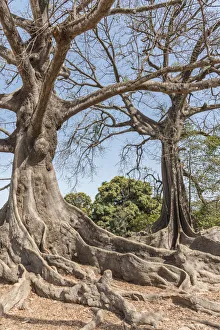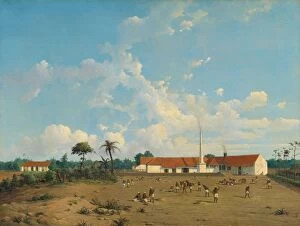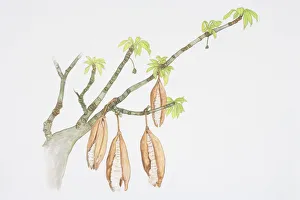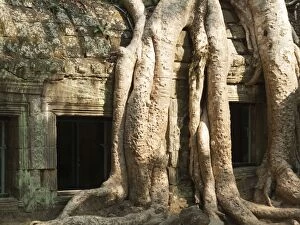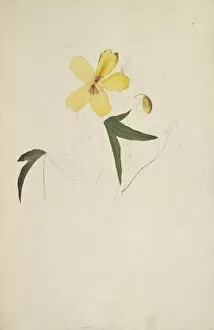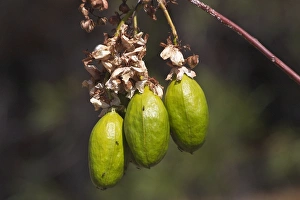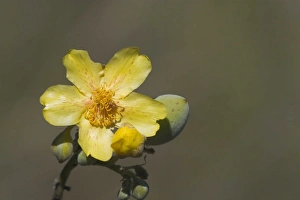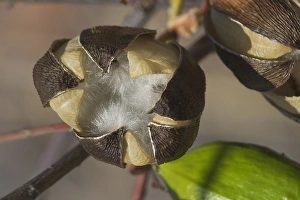Kapok Collection
The kapok tree, scientifically known as Ceiba pentandra, is a magnificent tropical giant that can reach up to 30 meters in height
All Professionally Made to Order for Quick Shipping
The kapok tree, scientifically known as Ceiba pentandra, is a magnificent tropical giant that can reach up to 30 meters in height. Its towering presence can be found in various parts of the world, including the Central Highlands of Arenal National Park in Brazil and the lush Brazilian Amazon. Here, hikers are left awe-inspired by the sheer size of these majestic trees. Not limited to South America alone, kapok trees also grace other continents with their beauty. In Guangzhou, China's Sun Yat-Sen Memorial stands tall since its construction in 1931. The memorial serves as a testament to history and culture amidst the shade provided by these impressive giants. Africa too boasts stunning examples trees. From Senegal's Casamance region to Guinea Bissau's Bijagos Islands and beyond, these majestic beings dominate landscapes with their grandeur. Their roots intertwine like ancient secrets beneath them while providing shelter for countless creatures. Even Central America has its share of captivating kapoks; one such example can be found at Belize's Caracol archaeological site. Standing proudly among ruins from centuries past, this tree connects us to our historical roots while reminding us of nature's resilience. In Cuba's Camaguey Province lies Plaza de los Trabajadores where another remarkable kapok tree takes center stage. Amidst bustling city life, it offers a serene oasis where people gather under its branches seeking solace or simply marveling at its magnificence. Lastly but not leastly is Calotropis procera - commonly referred to as "Apple of Sodom. " This plant shares similarities with the kapok tree and adds an intriguing touch wherever it grows alongside them. Whether you encounter them in Africa or South America or even Asia or Central America – wherever they stand tall – kapok trees leave an indelible mark on those fortunate enough to witness their splendor firsthand.





